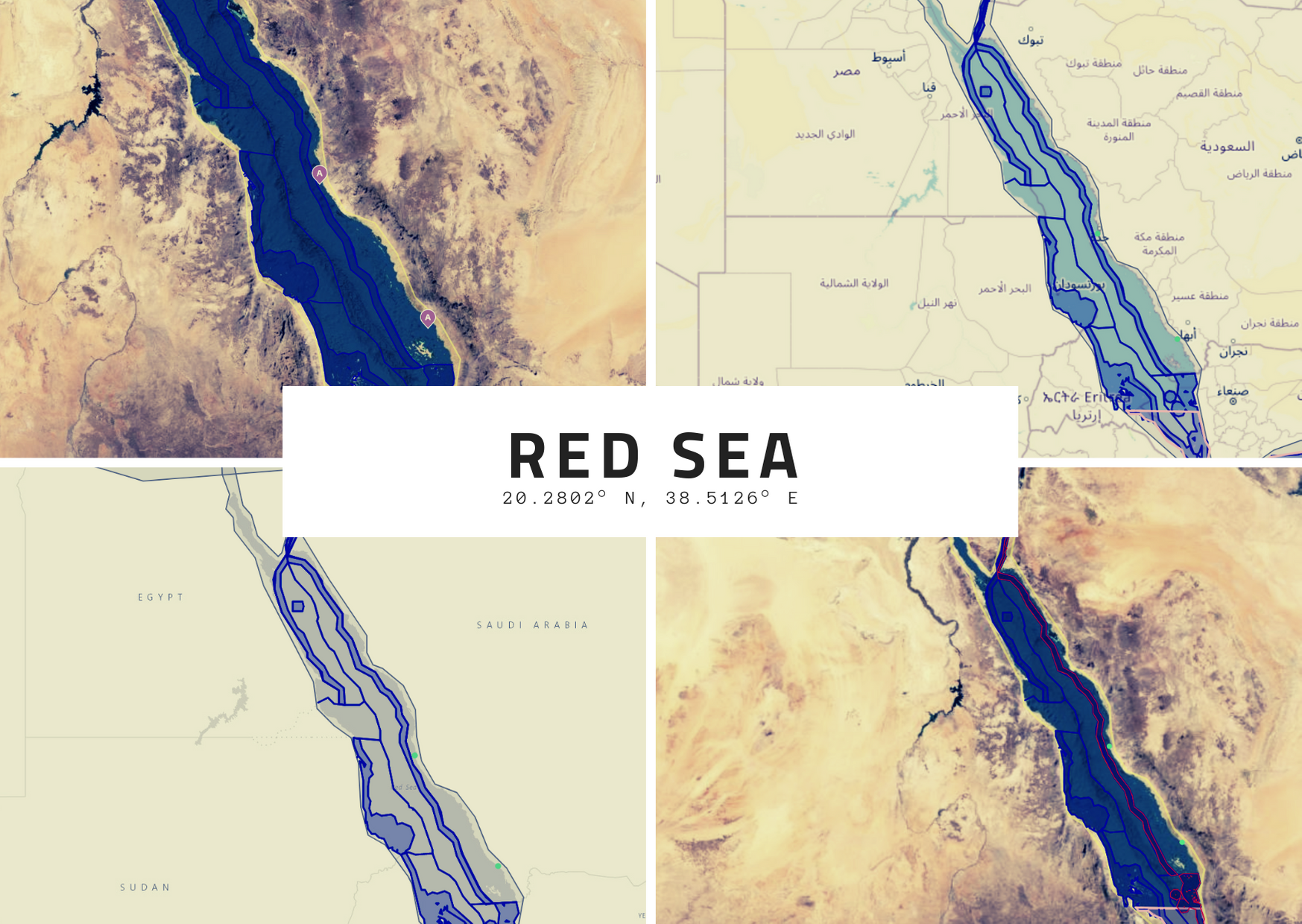Alfred Thayer Mahan’s principles, though conceived in a different era, resonate in the current maritime context, particularly in the Red Sea where the Houthis’ disruption of maritime trade exemplifies the enduring role of navies.
This analysis explores the multifaceted naval response, focusing on cooperation with merchant shipping, cost-effectiveness, vulnerabilities, ally involvement, and implications for future conflicts, particularly with China.
Cooperating with Merchant Shipping Historically, navies have protected merchant shipping from various threats. The Bab-el-Mandeb Strait, a critical chokepoint, is now a target for Houthi attacks aimed at disrupting trade to effect political change. Naval forces must collaborate with merchant shipping, guided by NATO’s Naval Cooperation and Guidance for Shipping (NCAGS) doctrine. However, initial reports indicated a communication gap between naval efforts and the shipping industry. Enhancing this relationship through industry liaison officers and public affairs could improve trust and coordination.
Cost Effectiveness and Vulnerabilities The cost asymmetry between expensive naval munitions and cheaper drones raises concerns about sustainability in asymmetric warfare. The use of drones by the Houthis mirrors broader trends in modern conflicts, where unmanned systems have democratized warfare. While critics argue about the vulnerability of manned warships, history shows that technological advances create temporary asymmetries. Targeting drone bases and operators remains a viable, albeit incomplete, strategy.
Absent Allies and Coalitions of the Willing The U.S. and its allies formed Operation Prosperity Guardian to address the Red Sea crisis, yet notable absences highlight political divisions, particularly influenced by the Israel-Hamas conflict. While NATO’s involvement is limited, 14 states, including eight NATO members, contribute to the coalition, reflecting the global imperative to secure maritime trade despite geopolitical tensions.
Implications for a Future Conflict with China The Houthi drone threat underscores the need for the U.S. Navy to adapt to new technologies in preparation for potential conflicts with China. This requires rapid updates to strategy and fleet design, integrating autonomous systems while balancing offensive and defensive capabilities. The ongoing Red Sea crisis serves as a crucial test for these innovations.
Conclusion Navies play a critical role in securing maritime trade, evident in their response to the Red Sea crisis. While challenges remain, including improving merchant shipping coordination and addressing cost vulnerabilities, the experience gained will be vital in preparing for future conflicts, particularly with technologically advanced adversaries like China.





